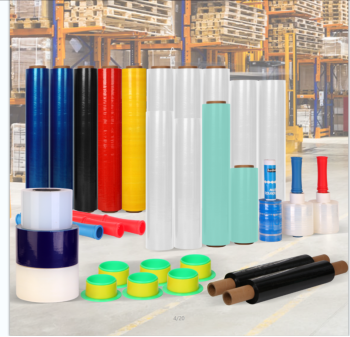Innovative Bubble Foam Solutions for Safe and Effective Packaging of Fragile Items
Bubble Foam for Packaging An Efficient Solution for Safe Transport
In today's fast-paced global market, the necessity for effective and reliable packaging solutions has become increasingly paramount. Among the myriad of options available, bubble foam packaging has emerged as one of the most efficient methods for safeguarding products during transportation. This article explores the advantages of bubble foam for packaging and why it has become a preferred choice in various industries.
What is Bubble Foam Packaging?
Bubble foam is a type of cushioning material composed of a polymer that is infused with air bubbles, resulting in a lightweight yet durable protective layer. Most commonly made from polyethylene, bubble foam packaging is designed to absorb shock and reduce the impact of external forces, making it ideal for shipping fragile items such as glassware, electronics, and other sensitive products. The unique structure of bubble foam ensures that products are packed securely, minimizing the risk of damage during transit.
Advantages of Bubble Foam Packaging
1. Effective Shock Absorption One of the primary benefits of bubble foam is its exceptional shock-absorbing properties. The air-filled bubbles create a cushion that effectively dampens impacts, ensuring that items remain intact even when subjected to harsh handling or rough transport conditions.
2. Lightweight and Cost-Effective Bubble foam is lightweight, which can significantly reduce shipping costs. The reduction in weight decreases overall freight expenses, making it a cost-effective solution for businesses aiming to optimize their logistics. Despite its lightness, bubble foam does not compromise on protection, providing excellent security for products without adding unnecessary bulk.
bubble foam for packaging

3. Versatility Bubble foam is incredibly versatile and can be easily molded to fit any product shape. This adaptability allows companies to use bubble foam for a wide range of items, from small electronics to larger appliances. Furthermore, bubble foam can be manufactured in various thicknesses, providing tailored protection according to specific product needs.
4. Environmental Considerations As sustainability continues to gain importance across industries, bubble foam has adapted well to this demand. Many manufacturers now produce bubble foam packaging using recycled materials or offer biodegradable options. Additionally, its reusability contributes to minimizing waste, making it a more environmentally friendly choice compared to traditional packaging materials.
5. Ease of Use Bubble foam is easy to work with, allowing for quick packing and unpacking processes. This efficiency is especially beneficial in high-volume shipping environments where time is of the essence. Businesses can streamline their packaging operations, leading to better productivity and faster turnaround times.
Conclusion
Bubble foam packaging stands out as a reliable, efficient, and cost-effective solution for protecting products during transit. Its shock-absorbing capabilities, lightweight nature, and versatility make it a superior choice for various industries, ranging from electronics to fragile goods. As businesses continue to prioritize both safety and sustainability, bubble foam's adaptability to eco-friendly practices ensures its relevance in the evolving packaging landscape.
In conclusion, as global trade continues to grow, the demand for innovative and effective packaging solutions like bubble foam will only increase. Companies looking to safeguard their products while optimizing costs and environmental impact should undoubtedly consider bubble foam packaging as a viable option. Embracing these modern packaging solutions not only contributes to product safety but also enhances overall customer satisfaction, fostering a positive brand image in the competitive market.
-
The Best Uses for Small Trash Bags in Daily LifeNewsJul.01,2025
-
Stylish Reusable Grocery Bags TrendsNewsJul.01,2025
-
Shipping Advantages of Using Bubble Envelopes BulkNewsJul.01,2025
-
How Compostable Mailing Bags Reduce Environmental ImpactNewsJul.01,2025
-
Environmentally - Friendly Bulk Poly MailersNewsJul.01,2025
-
Eco Friendly Custom Laminated Tote BagsNewsJul.01,2025
-
Have the freedom of customizing your custom mailers any way you want! Our dedicated packaging support will help deliver you the mailing experience you need to elevate your shipping experience to the next level! Start making a strong impression on your customers and stand out from your competitors! -
LIYA uses high quality raw materials which directly purchased from large enterprises domestic and overseas such as PetroChina, Sinopec, Sabic, Equate, ExxonMobil, Dow Chemical, Total, and Borouge, ensuring the price advantage and quality of the raw materials. -
LIYA uses high quality raw materials which directly purchased from large enterprises domestic and overseas such as PetroChina, Sinopec, Sabic, Equate, ExxonMobil, Dow Chemical, Total, and Borouge, ensuring the price advantage and quality of the raw materials.





